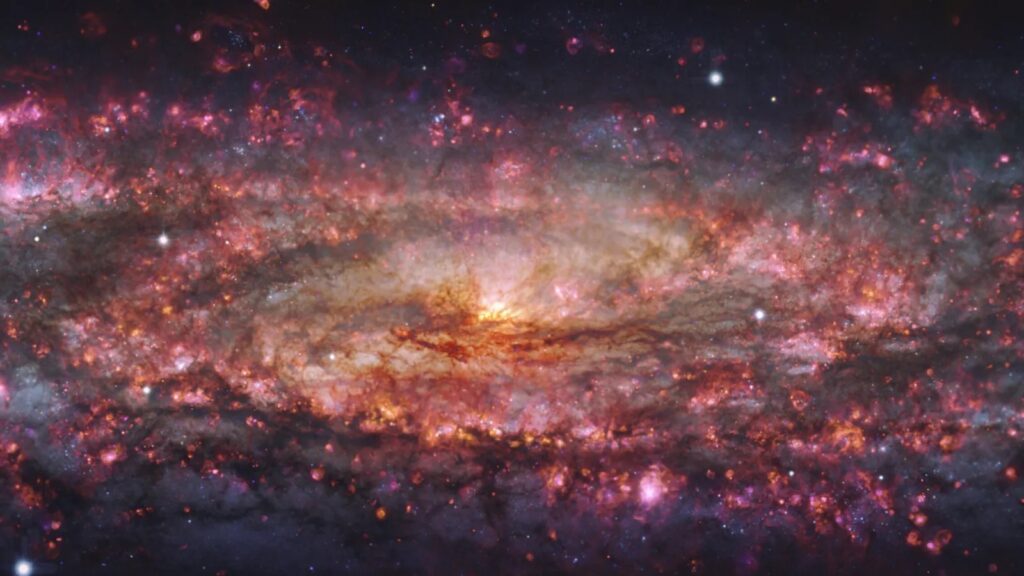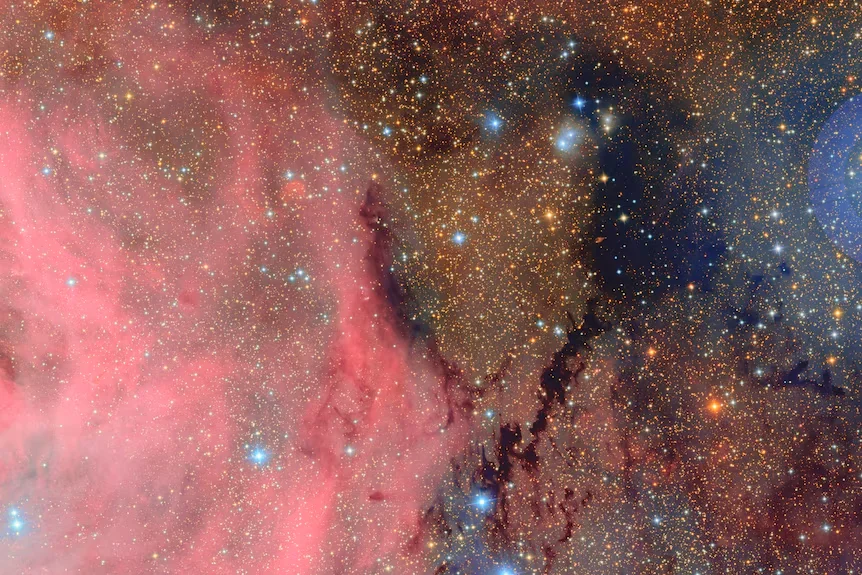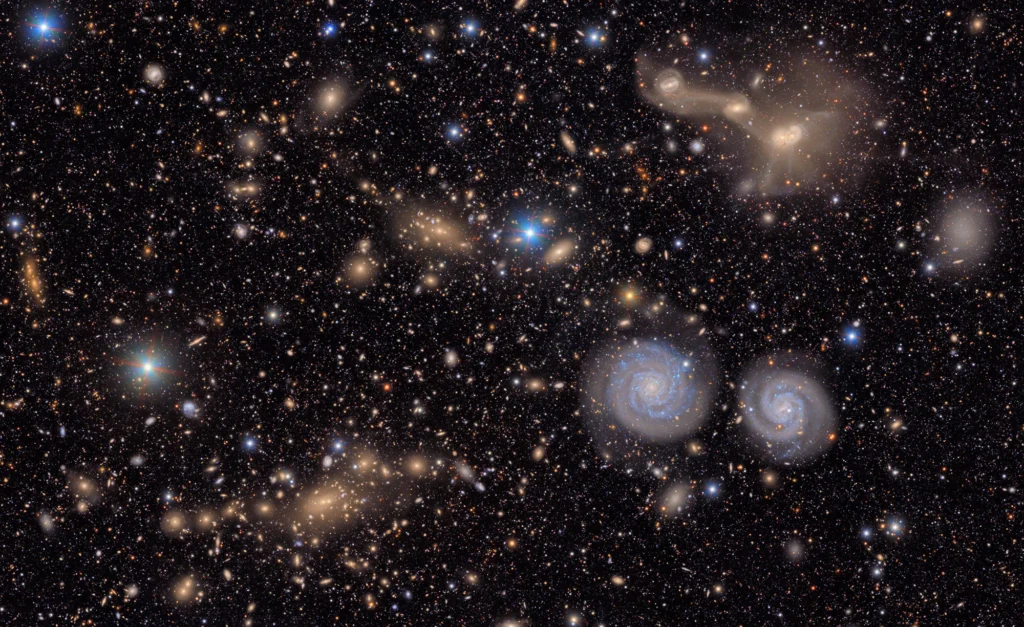The first test images from a groundbreaking observatory named for trailblazing astronomer Vera Rubin have captured the light from millions of distant stars and galaxies on an unprecedented scale and revealed thousands of previously unseen asteroids.
While the National Science Foundation initially released only a couple of images and a brief video clip of the Vera C. Rubin Observatory’s first imagery, more images and videos taken using the largest camera ever built were shared Monday. This facility was funded jointly by the National Science Foundation and the Department of Energy’s Office of Science.

On April 15th 2025, at 8.00PM local time, the ‘Vera Rubin Observatory’ recorded its very first photons of starlight. The first, images that filled the screens in the control room on Cerro Pachón, 2,500 metres high on the foothills of the Andes in Northern Chile, looked like a field of snowy static on an old television screen. But when it was zoomed in, the spots soon resolved into an uncountable number of stars and galaxies floating between enormous, wispy clouds of dust, like tiny multicolored flecks of paint spattered across a vast black wall.

A physicist who watched the events said that there was this huge amount of cheering and screaming, people were getting teary-eyed and those little photons had no idea of the red carpet that was rolled out for their reception.”
The new images represent just over 10 hours of observations, offering a brief preview of the observatory’s decade-long mission to explore the mysteries of the universe like never seen before.
National Science Foundation Chief of Staff Brian Stone, who is currently performing the duties of the NSF director “NSF-DOE Rubin Observatory said that this will capture more information about our universe than all optical telescopes throughout history combined.
Dr. Aaron Roodman, professor of particle physics and astrophysics at Stanford University’s SLAC National Accelerator Laboratory in California sad that this telescope will enable us to explore galaxies, stars in the Milky Way, objects in the solar system and all in a truly new way. Since we take images of the night sky so quickly and so often will detect millions of changing objects literally every night.”
Please listen this article here-
Roodman was responsible for the assembly and testing of Rubin Observatory’s car-size camera, which is capable of capturing a breathtaking level of detail. One Rubin image covers an area of sky equal to 45 full moons, said Zeljko Ivezic, Rubin Observatory Director.
The observatory’s main objective is the Legacy Survey of Space and Time, an ultrawide and ultra-high-definition movie of the universe made by scanning the entire sky every few nights over 10 years to capture a time-lapse compilation of whizzing asteroids and comets, exploding stars, and distant galaxies as they change. The survey is expected to begin between four to seven months after first light.

1 comment
Karen Vijil
We have known that for years! Where do you think the spirits go after we pass
Away! There are other worlds! We are just finding them with these technologies we have today! The Hubble telescope is one then even more powerful ones we have here on earth!!